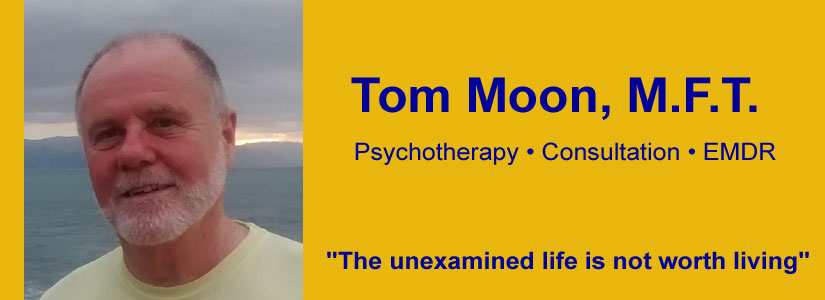Recently, my friend David told me “My pumpkin spice latte syndrome is back.” He was referring to the fact that every year, just about the time his coffee shop starts serving pumpkin lattes, he begins to feel sluggish, blue, and irritable; and his down mood persists, off and on, through the winter months.
He’s talking about Seasonal Affective Disorder, or SAD, a medical condition that was first identified in 1984 by Dr. Norman Rosenthal. Dr. Rosenthal began to notice the phenomenon when he moved from the mild climate of Johannesburg, South Africa to the northeastern USA and did a psychiatric residency in New York. He noticed that he was more energetic and productive during the long days of summer and less so during the shorter and darker days of the winter.
In his research, he uncovered a seasonal syndrome that includes feeling depressed most of the day, nearly every day; feelings of despair; anxiety; loss of energy; social withdrawal; oversleeping; loss of interest in activities; appetite changes, especially a craving for foods high in carbs; weight gain; and difficulty concentrating and processing information. Surveys suggest that six percent of the US population, primarily in northern climates, is affected by SAD in its most marked form. In Florida, the prevalence is about 1.5 percent, which indicates that the decrease in daylight during the winter is the culprit. In Oslo, Norway, for instance, the prevalence of SAD is estimated at 14 percent, in contrast to 4.7 percent in New York City. In its most extreme form, SAD can be a serious and debilitating condition. Psychotherapy and antidepressant medications can be helpful, (and, if you can afford it, a vacation in a tropical climate can also work wonders.) Another 14 percent of the adult US population experiences a milder form of SAD, called Subsyndromal Seasonal Affective Disorder, which probably better describes David’s condition.
Dr. Rosenthal was also a pioneer in the use of light therapy, which he believes can beneficial to 60 to 80 percent of people with SAD. The device is typically a small, portable box that contains fluorescent bulbs which mimic outdoor light. (Just sitting in front of a lamp in your home won’t relieve the symptoms). Light therapy theoretically causes a biochemical change in the brain that lifts the mood. Mornings seem to be the best time for the process to work, although some people divide the treatments during the day. When it works, most people begin to respond within 2 to 4 days of beginning. In my experience, some patients swear by this therapy and say it works wonders, while others tell me that it had no effect. In any case, it seems to have no serious side effects, and those who want to try it can easily locate light boxes for sale at various online sites, usually for under $200.
But for most people, the seasonal blues don’t require any special treatment. For many of us, it is common, as the winter solstice approaches, for the body naturally to slow down, the mind to become reflective, and the heart to turn inward. Common-sense principle of self-care can be especially important this time of year. Regular, vigorous aerobic exercise has been shown to be highly effective in relieving mild to moderate depression. Watch the alcohol and sugar intake. And, in our sleep-deprived culture, making sure you get enough sleep every night can work wonders.
But if we’re a little more melancholy in the winter, that isn’t always a bad thing, and we shouldn’t automatically pathologize it. The natural inwardness of this time of year can be a beneficial time of self-reflection. But in our compulsively busy and upbeat society, the cultural message is “sad is bad.” The solstice festivals observed around the world may be ways of bringing some cheer into this time of year, which is fine, but the “holiday cheer” program doesn’t work for everyone. If you do feel like slowing down, why not do it? Spend some time alone with yourself, have some quiet walks, meditate, listen to soothing music – whatever feeds the soul. If we’re a little more melancholy in the winter, it may not be necessary to resist it. For most of us, we only need to relax and flow with this natural seasonal rhythm rather than treat it as a problem.
